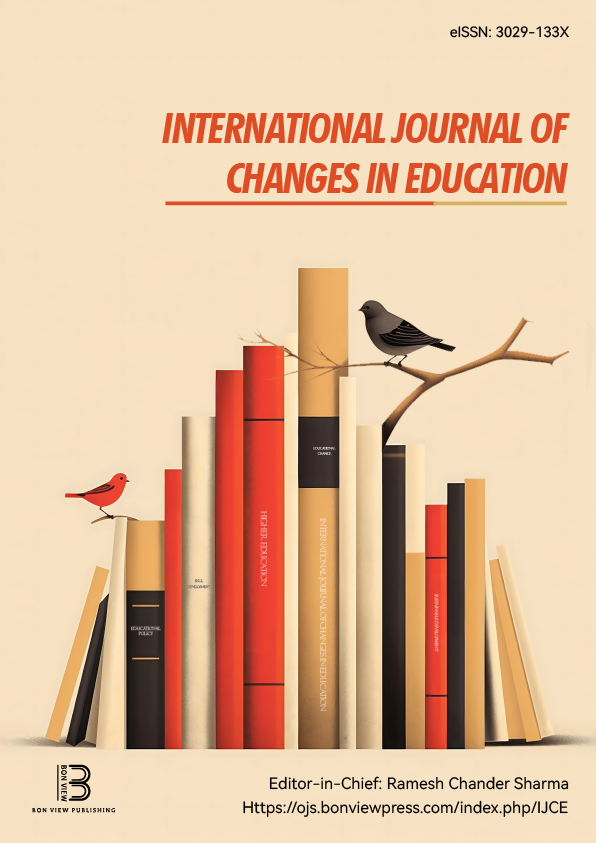Scientific Inquiry: Five Essential Features in Bahraini Primary School Textbooks and Workbooks
Funda Örnek, Bahrain Teachers College, University of Bahrain (Bahrain)
Shaima Alaam, Bahrain Teachers College, University of Bahrain (Bahrain)
Abstract
This study examined the Bahraini primary school science textbooks and workbooks from grades 1 to 6, focusing on how they incorporate the five key features of scientific inquiry. These features are: (1) engaging students in scientifically oriented questions, (2) prioritizing evidence in responding to questions, (3) guiding students to formulate explanations based on evidence, (4) connecting these explanations to scientific knowledge, and (5) enabling students to communicate and justify their explanations to others. A rubric was used to classify these features into four inquiry levels, ranging from teacher-centered (teacher-driven and teacher-guided) to student-centered approaches. The analysis found that 95.9% of the activities in the textbooks and workbooks included these essential features. However, most were concentrated at the lower inquiry levels (teacher-centered and teacher-driven). As students advanced through the grades, the inclusion of higher-level inquiry activities (teacher-guided and student-centered) increased. When broken down by scientific disciplines, the features were largely emphasized at the teacher-driven levels. The study concludes that science textbooks and workbooks should offer more opportunities for higher levels of inquiry (levels 3 and 4). These findings provide valuable insights for educational leaders and policymakers in developing the science curriculum.
|
Keywords |
Content analysis, inquiry, inquiry skills, scientific inquiry, textbook analysis |
|
REFERENCES |
N/A |
 New Perspectives in Science Education
New Perspectives in Science Education





























